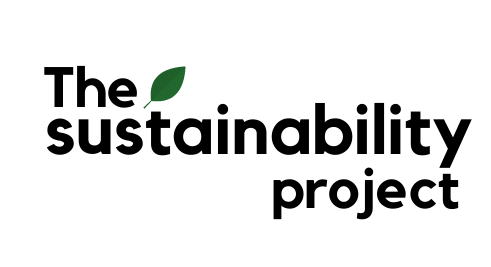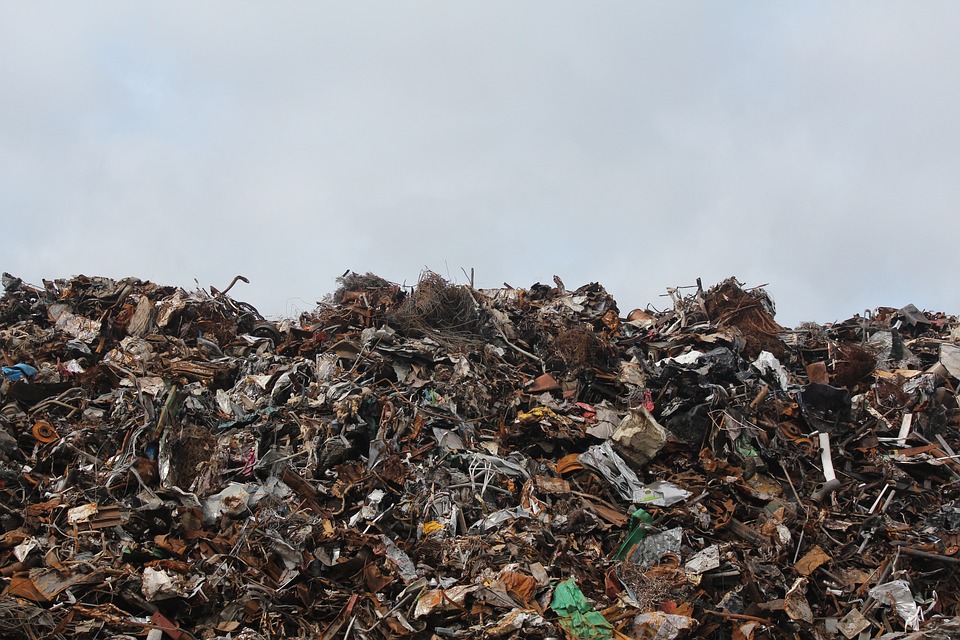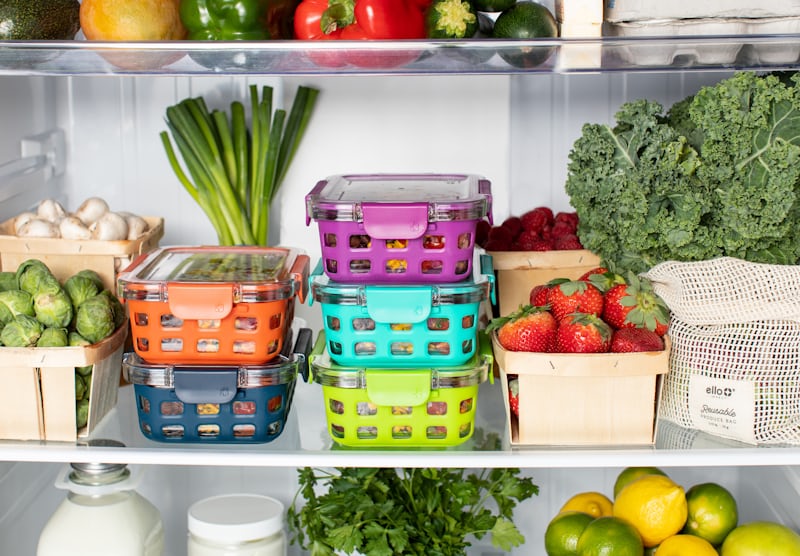“The average Singaporean household generated about $342 million worth of food waste in 2020.”
“Semakau Landfill expected to be fully filled by 2035.”
“Food waste in Singapore alone made up about 11% of our total general waste in 2020, with only about 19% of it being recycled.”
Such statistics have made headlines over the past few months. This highlights the problem of waste, and more specifically food waste in Singapore. While to some, 11% of food waste does not seem like a number to worry about. But did you know? This 11% actually amounts to a whopping 665,000 tonnes, which is about 110,000 times as heavy as an elephant!
So, why is sending food waste to our landfills so detrimental?
Firstly, wasting food means that resources that were put into bringing the food to your table are also wasted. Precious landfill space would inevitably be occupied as almost all waste in Singapore is incinerated at our only offshore landfill. Thus, this not only wastes the food itself and the resources needed to produce them, but also the space, money and resources needed to deal with it.
Next, transporting and incinerating food waste emits additional greenhouse gases. Waste-to-energy plants in Singapore produce more CO2 per kilowatt-hour than natural gas plants, and untreated food waste releases methane when they break down. Methane is a highly toxic greenhouse gas, with about 80 times the warming power over that of CO2! Therefore, sending food waste to our landfills can be extremely harmful to our environment.
Amongst our total food waste, around one-fifth of fresh produce is lost as the food makes its way from farm to table. A study by the Singapore Environment Council (SEC) has shown that every stakeholder along the food supply chain contributes to both food loss and food waste. This ranges from inadequate food storage infrastructure to cosmetic filtering by suppliers even before it reaches the consumer.
One of the main reasons is the over-importing of food as buyers sought to meet increased consumer demand and compete on food prices. Even in our own homes, food waste, whereby food fit for consumption is not consumed, is generated through careless disposal of food scraps or keeping more than we need such that the food eventually goes bad. I too am guilty of this!
What Can You Do?
So, what can we as consumers do to reduce our household food waste? Here are some steps you can take in your daily life!
1. Buy Only What You Need
A good way to start is to do a kitchen audit. Take stock of what food you already have at home and use up as much of what you have before buying more. Other than ensuring that you plan, buy and cook only what you need, be sure to avoid these common food waste behaviours as well.
2. Organize and Store Food Properly
Next, the heat and humidity in Singapore might cause food to go bad quickly when stored improperly. Thus, organising and storing food properly ensures that they stay fresh and good to eat for as long as possible.
There are many ways to ensure that your food is kept as fresh as possible for longer. Just do a quick google search! For example, wrap your leafy greens and fruits in newspaper before refrigerating them, or keep dried goods in air-tight containers. Fresh herbs can be stored in water and foods like onions and potatoes can be kept at room temperature in a dry and well-ventilated space. Foods like garlic and ginger can also be cut up first and stored airtight in the freezer. Furthermore, instead of keeping them in single-use plastic bags, use reusable containers or even reuse shoe pouches (cleaned, of course) instead to store your food.
Here are some resources for more tips and tricks to store your food properly!
- SisLetter: Food Storage Tips
- Hamimommy: How to Store Food Fresh
- Singapore Food Agency: Storing Food at Safe Temperatures
However, if you do really find your fruits and vegetables turning bad, refer to our article on ways you can utilize your overripe food!
3. Collect and Reuse Food Scraps
Another way to reduce food waste is to collect and reuse your food scraps wherever possible. There are various vegetables like green onions that you could grow indoors, without the need for soil.
Alternatively, you could also keep vegetable scraps and use them to make vegetable broth. Vegetable broth can be stored for up to several months in the freezer. Furthermore, let your creative juices flow by incorporating the food scraps into other dishes. Or, even better, create a new dish out of it entirely!
Finally, you could also collect food scraps to give to someone who composts. Click here for a map done up by Foodscape Collective to find the nearest compost maker in your area, or just simply ask around. We would all probably know that one friend or family member who has green fingers or is already composting at home. Why not give them your food scraps so they could turn them into an excellent fertilizer for their plants? I’m sure they would thank you for it, and their plants too 😉
4. Composting
When searching up ways to help reduce food waste, the solution of composting comes up fairly regularly. Indeed, composting is a way to recycle organic matter, including food scraps. Over time, they break down into nutrient-rich fertilisers for plants and soil. This makes it a great way to reduce food waste and your carbon footprint. Additionally, composting also helps to reduce carbon emissions of waste transport and incineration. With such benefits, it is no wonder that composting is starting to gain traction in Singapore!
While starting your composting journey may seem daunting (think – large black compost bins and a backyard garden), there are actually many resources online that could get you started on your composting journey, even if you live in a space-constrained HDB, or do not have access to compost bins.
However, I understand that not everyone might be open to the idea of composting at home. To some, it might seem too troublesome, or messy and thus prefer not to compost at home. Others might also feel that composting attracts pests and stink up the place, or do not see the need for it entirely as they do not grow plants at home. Even for me, I am still in the process of getting my skeptical family members on board to be more open about the idea of composting at home.
So, if you are like me, and composting at home is not really for you, here are some other ways you can reduce food waste at home.
5. Save & Support
You could also save food from going to waste by supporting local community initiatives that aim at reducing food waste. These include uglyfood, foodprints@southwest, Foodscape Collective, Treatsure, and they reduce food waste by saving and redistributing food that would otherwise be thrown out due to them nearing their expiration date or having cosmetic defects, to those who need it.
Getting to know more about such initiatives and involving your friends and family can also be a good way to spread awareness about the food waste problem in Singapore and would definitely help our community go one step closer to achieving a circular food ecosystem!
6. Donate!
If you do find yourself still having an excess of food items at home, donating them to community fridges as well as other food redistribution drives like Food Bank and Food from the Heart is also a way to reduce food waste further. With apps such as Susgain and Olio, find out where the nearest food drop-off points are and drop off food items there instead of throwing them away!
However, do note that most food donation drives only accept non-perishable food items such as canned food and rice. Check with the organization you intend to donate to before dropping them off. Also, ensure that the foods donated are well within their expiry date.
7. Recycle
Finally, recycle food waste that cannot be avoided at community food waste facilities. For example, the pilot black soldier fly (BSF) facility at Sustainability @ Tampines helps to break down food waste into fertilisers. It is indeed exciting to see the new technologies being used to deal with the problem of food waste. For more information on food distribution organisations and local food waste recycling facilities, check out NEA’s list here.
I hope these were some useful tips that could help you to reduce your food waste. A small individual effort would certainly go a long way in helping Singapore adopt a circular economy and grow sustainably!




